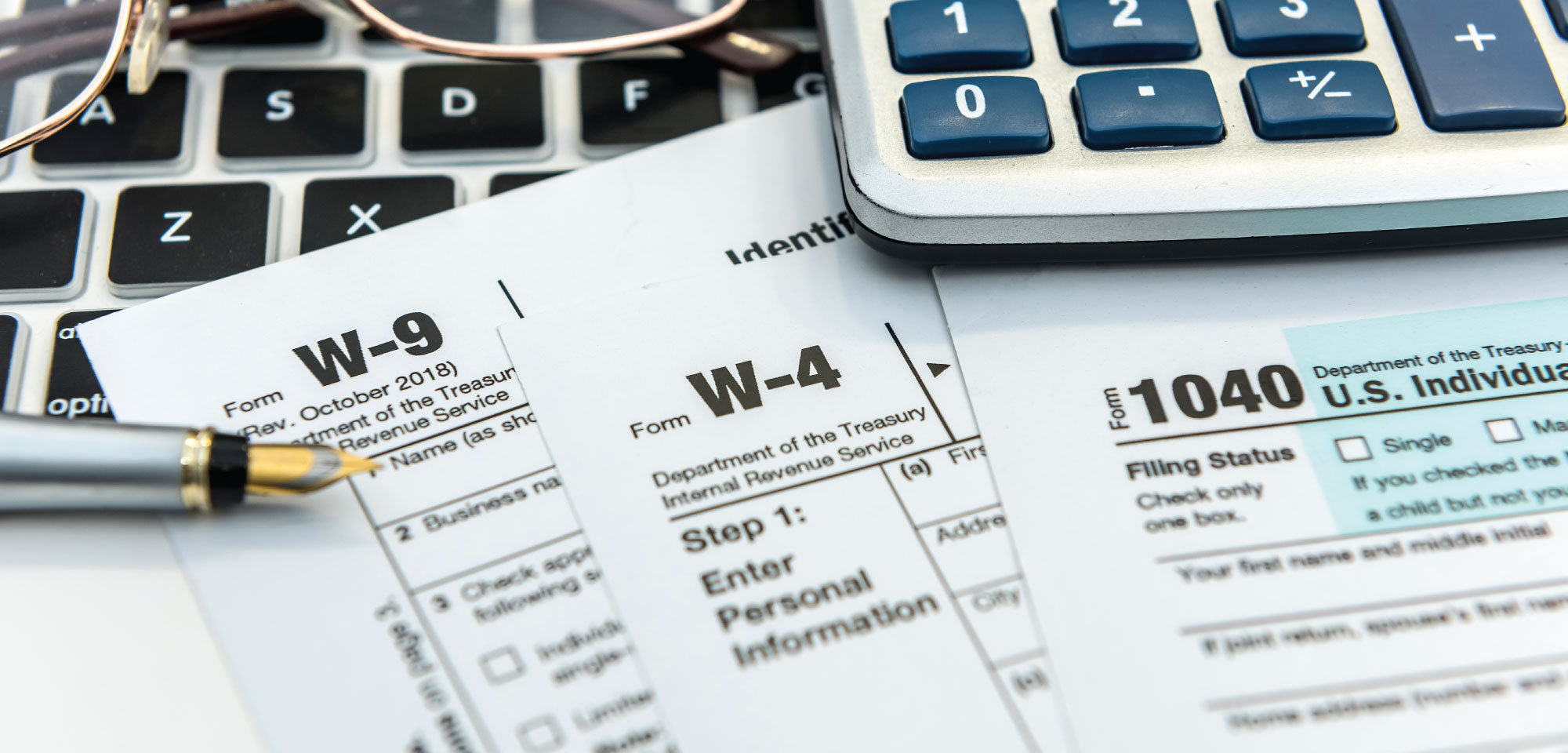I am looking for a little guidance on how I should utilize 19 new M215 inverters that I have purchased; specifically a scheme for easy access to replace them when necessary.
My plan is to install 19 300 Watt panels in addition to the 4.96kW SolarEdge system I have operating now. I am planning to do all of the work myself in what will essentially be two new separate systems of 1.2kW and 4.5kW. As I said, I already have the inverters, so I want to try to make best use of them - without discounting the need for potential replacements.
So being that these are an older generation of inverter, my thought is to use an alternate inverter scheme for the smaller string, providing me with 4 of the M215s as spares (which will hopefully be enough for the next 25 years - I know, we'll see). This leaves me with 15 inverters on the larger array on the roof of a shed I am building this spring. (The smaller array is going on an easily accessible awning with open access underneath.)
I probably won't live here long enough to see that many of them fail, but I don't want to make it hard on myself if one or more does. What sort of provisions should I plan for to make inverter replacement on the shed as easy as possible?
My plan is to install 19 300 Watt panels in addition to the 4.96kW SolarEdge system I have operating now. I am planning to do all of the work myself in what will essentially be two new separate systems of 1.2kW and 4.5kW. As I said, I already have the inverters, so I want to try to make best use of them - without discounting the need for potential replacements.
So being that these are an older generation of inverter, my thought is to use an alternate inverter scheme for the smaller string, providing me with 4 of the M215s as spares (which will hopefully be enough for the next 25 years - I know, we'll see). This leaves me with 15 inverters on the larger array on the roof of a shed I am building this spring. (The smaller array is going on an easily accessible awning with open access underneath.)
I probably won't live here long enough to see that many of them fail, but I don't want to make it hard on myself if one or more does. What sort of provisions should I plan for to make inverter replacement on the shed as easy as possible?

Comment